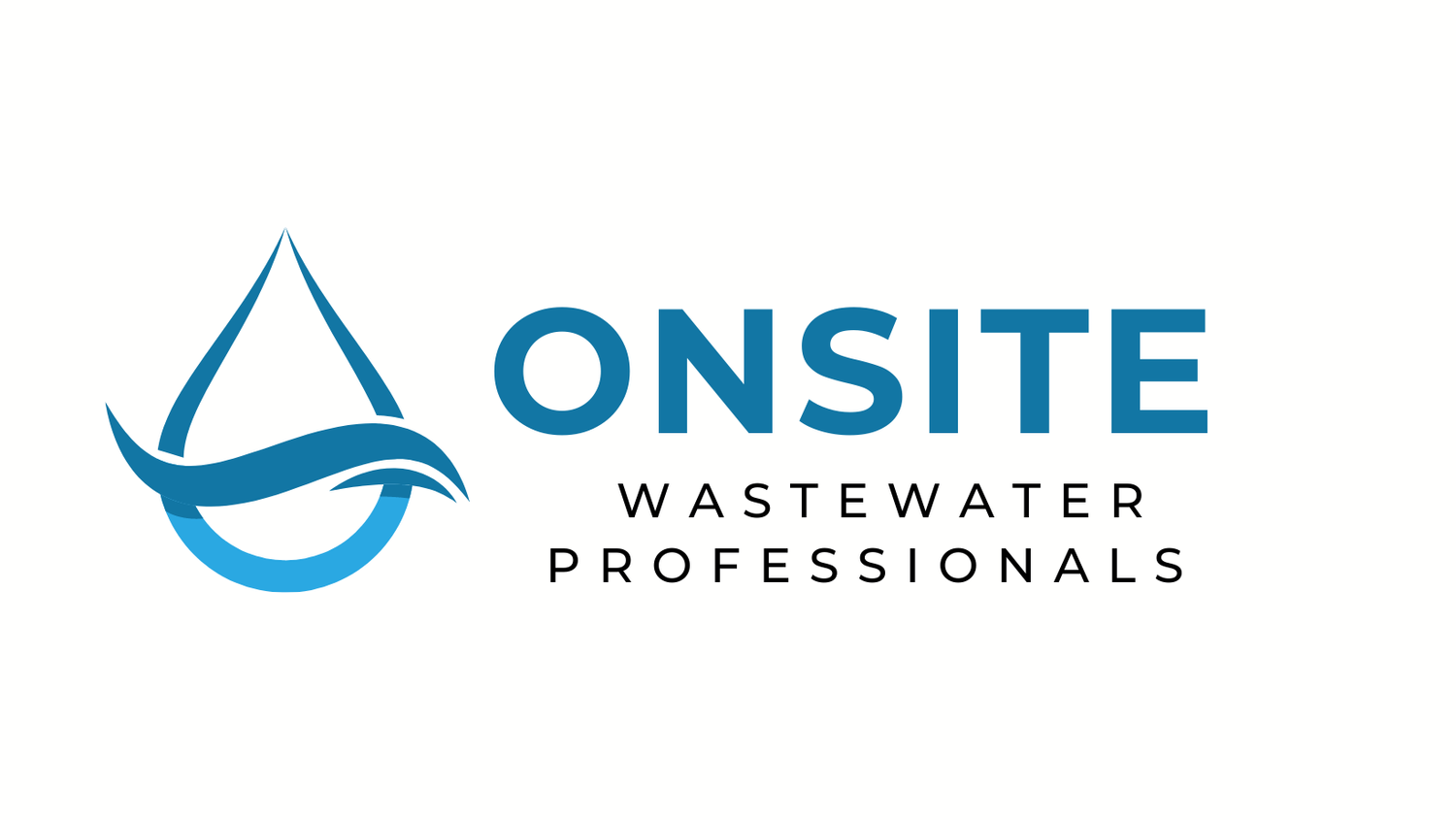Upgrades & Innovations in Onsite Wastewater
This continuing education class is designed for onsite wastewater professionals who are interested in learning about common septic system upgrades and retrofitting options. Over the course of the class, participants will gain an understanding of the various reasons why septic systems may require upgrades or retrofitting, as well as the different methods available for these processes.
The class will cover topics such as the installation of new septic tanks, upgrading the drain field, replacing distribution boxes, installing effluent filters, risers, and more. Participants will also learn about the latest advancements in septic system technology.
Throughout the class, participants will have the opportunity to engage in hands-on learning experiences and real-life case studies. In addition, the class will provide valuable insights into the best practices for ensuring that septic system upgrades and retrofitting are done safely, efficiently and cost-effectively.
By the end of the class, participants will have gained the knowledge and skills necessary to evaluate septic systems for potential upgrades or retrofitting, as well as the ability to recommend appropriate solutions for their clients.
This is a must-attend class for any septic system professional who is looking to stay up-to-date with the latest trends and technologies in the field, and to provide their clients with the best possible service.
Agenda
I. Introduction
Welcome and introductions: Opening remarks and participant introductions to create a comfortable learning environment.
Class objectives and overview: Outline the class's goals and provide an overview of the topics that will be covered.
II. Reasons for Septic System Upgrades and Retrofitting
Overview of common reasons for system upgrades: Discuss factors that may prompt upgrades, such as aging systems, new regulations, or increased wastewater demands.
Understanding different types of systems and their limitations: Explain the various septic system types and their respective constraints that may necessitate upgrades.
Signs that a system may need upgrading or retrofitting: Identify the warning signs that indicate a septic system may require improvement or modernization.
III. Septic System Upgrading Options
Discussion of common upgrading options, retrofits, and new technologies.
Overview of the latest advancements in septic system technology: Highlight cutting-edge developments and technologies available for septic system upgrades.
Pros and cons of each option: Analyze the advantages and disadvantages of each upgrading option to help attendees make informed decisions.
IV. Hands-On Learning Experience
Real-life case study: Participants will work through a real-life case study to apply their knowledge of evaluating septic systems for potential upgrades or retrofitting.
Recommending appropriate solutions: Instructors will guide participants in recommending suitable upgrade or retrofit solutions for clients based on the case study.
Retrofitting Exercise: Hands on activity.
V. Best Practices for Safe, Efficient, and Cost-Effective Upgrades and Retrofitting
Overview of best practices: Present best practices and considerations for ensuring safe, efficient, and cost-effective upgrades and retrofitting.
Addressing potential challenges: Discuss possible obstacles that may arise during septic system upgrades and retrofitting, and provide strategies for overcoming them.
VI. Q&A and Wrap-Up
Question and answer session: Offer participants an opportunity to ask questions and address any remaining concerns.
Summary of key takeaways and action items: Conclude the class by summarizing the main points and providing participants with actionable next steps.

